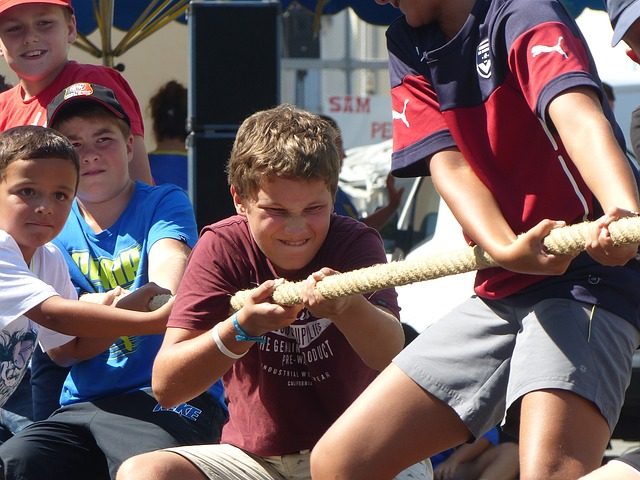Why is tug of war not just about strength?
Triathlon contest is what? A lot of people will say: of course, to see which team’s strength is greater! The problem is not so simple.
Judging from the mechanical principle, the two teams participated in the tug of war, the pull force between them was not less than much less. A gives B a big drag, so B can also give B a big drag. In contrast, situation B is the same for A. That’s what Newton’s third law defined. When object A exerts a force on object B, object B also simultaneously exerts a reaction on body A. Force and reaction are equal in magnitude, acting in opposite directions, and at the same time on a straight line. It can be seen that the pulling force between the two sides is not the deciding factor of winning or losing.

So what is the real factor that determines the outcome of a competition? First, the hand must hold the rope tightly, relying on the friction between it and the rope to prevent it from slipping out. The second is to make the ground friction force large enough for the feet of the tug of war against the enemy. It can be said that, just by gripping the rope, the real force when pulling is coming from the leg of the person that is. The friction between the foot and the ground. How can you increase that friction? First of all, wearing shoes under the sole with a concave-convex pattern can increase the coefficient of friction, resulting in increased friction. Also, the heavier the tractor’s bodyweight, the greater the pressure on the ground, the more friction will increase.
Adults and children pull and pull easily; adults win easily; the key is that adults have a greater body weight than children.
Of course, in the actual tug of war, winning or losing depends greatly on the participants’ skill level. For example, trying to stomp the ground with your feet for a short time can exert pressure on the ground that exceeds your body weight. Or lean back, rely on the opponent’s pulling force to increase the pressure on the ground, etc. The goal is to find ways to increase the ground’s friction on foot to win the competition.




